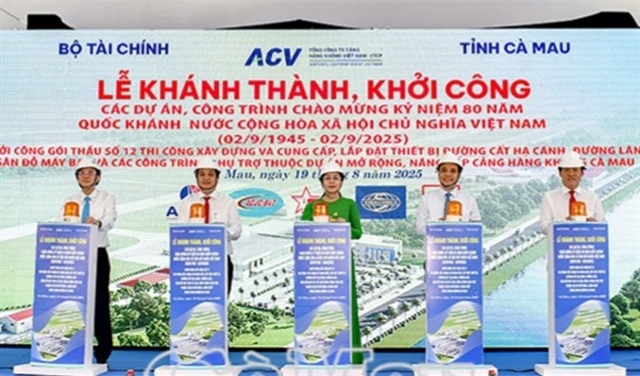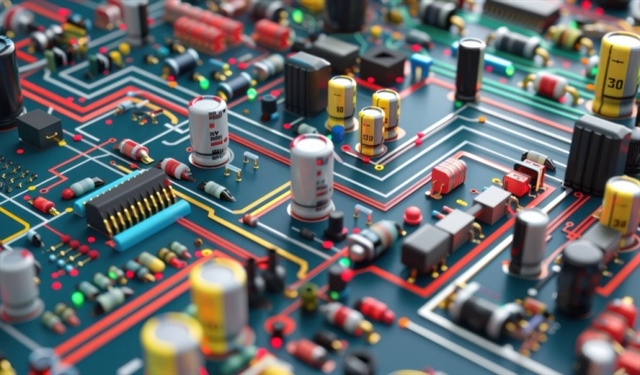Southern localities seek greater autonomy
Southern localities seek greater autonomy
Localities in the southern key economic zone at a conference held today, May 6, to seek solutions to promote the region’s development proposed the Government give them more power to make decisions on issues in their localities.
At the conference, held in the southern province of Dong Nai, HCMC Chairman Nguyen Thanh Phong proposed the Government quickly issue a decree on economic zones so that the southern key economic zone can improve its performance.
He also asked for the Government’s approval to establish a development fund for the region. The fund was proposed to be sourced from the State budget and southern localities’ budgets.
The HCMC chairman also urged the Ministry of Planning and Investment to propose the Government quickly issue a decree guiding the deployment of the Planning Law so that localities can handle the planning for the whole region.
Dong Nai Chairman Dinh Quoc Thai shared Phong’s view, adding that the Government should create a special governance system for the southern key economic zone.
Thai also suggested intensifying decentralization in budget management to assist localities with socioeconomic development and investment attraction.
Dong Nai also sought more autonomy to approve change of land use purposes in the region. Accordingly, the municipal and provincial People’s Councils should be allowed to decide on the conversion of land use purposes for rice fields of more than 10 hectares each, in line with the rice field use plan approved by the prime minister.
According to Tran Dinh Thien, former head of the Vietnam Institute of Economics, the Government has created favorable conditions for the region. However, more power should be delegated to the region to boost its development.
Speaking at the conference, Prime Minister Nguyen Xuan Phuc remarked that Vietnam currently has four key economic zones in the northern, central, southern and Mekong Delta regions. These four zones cover a total of 24 cities and provinces, account for 27.3% of the country’s total area and 27% of the population and contribute 89% of the nation’s gross domestic product (GDP).
The southern key economic zone leads the others in economic development, making up 45.42% of the country’s GDP and more than half of the four key economic zones’ total GDP. The zone also takes the lead in the production of electronic products and software as well as in trade, logistics, finance, telecom and tourism services.
The southern key economic region has made important socioeconomic achievements. In the 2016-2018 period, the zone’s GDP growth rate annually hit 8.34%. The income per capita of the region last year was nearly US$5,500, or twice the country’s average.
However, the region has yet to reach its full potential. Specifically, the connectivity in the region is not strong enough, and localities have not made any breakthroughs in their policies yet.
At the conference, Minister of Planning and Investment Nguyen Chi Dung noted that despite the significant contributions to the country’s socioeconomic development, the southern key economic zone is still facing many challenges.
He mentioned nine shortcomings of the region, with seven of them related to economic development, including the gradual slowdown of economic growth and the low introduction of new hi-tech products.
In addition, the region’s total export revenue reached US$199.4 billion last year but did not contribute to the country’s trade surplus. Its foreign direct investment (FDI) attraction has not been as strong as earlier, and the scale of FDI projects in the region has been smaller as well.
The region also has yet to issue specific guidelines to boost connectivity in the region, Dung added.
The minister proposed accelerating the creation of national and regional development plans and providing more incentives for the zone.
Further, the region should make the infrastructure more efficient, focusing on the connectivity of traffic routes between HCMC and other provinces. It is also crucial to foster the training of the region’s human resources.





















